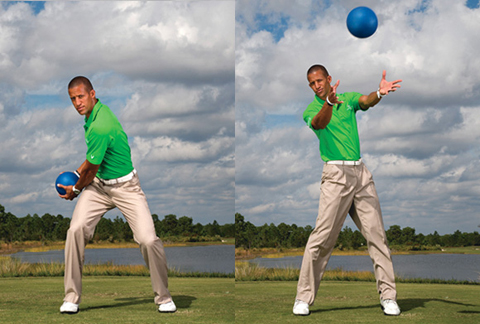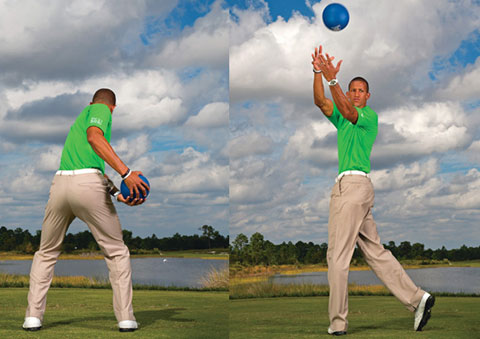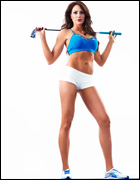 By Ron Kaspriske
By Ron KaspriskeRickie Fowler is 24 years old, has the flexibility of a rubber band and the hand-eye coordination of a world-class juggler. He also has lower-back pain. Hard to believe someone Fowler's age, with his athletic prowess, could suffer from an ailment that is common for golfers north of 50, but it's true. Some trainers speculate that this issue might be with him his entire career and could keep him from playing a full schedule of events in years to come.
How did Fowler get in this predicament? It's hard to know exactly, though most golfers who suffer from lower-back pain (the lumbar spine region) either swing the golf club in an unusual or awkward manner, or a lack of mobility in the hips and mid-back (thoracic spine region).
Golf Digest fitness advisor Ben Shear (@Ben_Shear), who trains several players on the PGA Tour, says improving mid-back mobility can alleviate any unnecessary torque on the lower back. Same goes for improving hip mobility. When you're in the gym, focus on exercises that improve the range of motion you have in both the mid-back and the hips and you'll help protect yourself against lower-back pain. For the mid-back, something as simple as sitting in a chair with good posture and rotating your trunk in each direction will help. Remember to keep the hips and lower body still. To help your hips, skipping the elevator and taking the stairs will do wonders as will exercises such as lateral squats/lunges and clamshells.
"The lumbar spine does have some ability to rotate," Shear says. "But not nearly as much as the mid-back. That's why it's important to work on mid-back mobility exercises. You ought to be able to rotate your upper body back and forth with minimal rotation of the lumbar spine."
Fowler says he's working hard to correct his issues.
Hear more from him on the subject and how he's trying to fix his problems.
Ron Kaspriske is the fitness editor for Golf Digest.
Follow @Ron Kaspriske








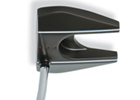

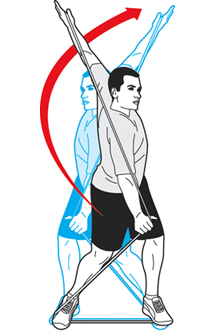 By
By 


 By
By 
 By
By 